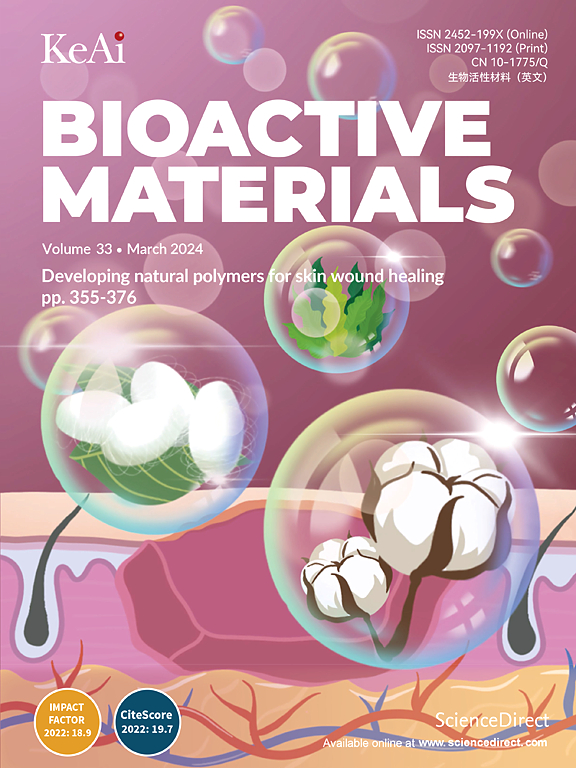Emerging Frontiers in acute kidney injury: The role of extracellular vesicles
IF 18
1区 医学
Q1 ENGINEERING, BIOMEDICAL
引用次数: 0
Abstract
Acute kidney injury (AKI) remains a prevalent and critical clinical condition. Although considerable advancements have been achieved in clinical and fundamental research in recent decades, the enhancements in AKI diagnosis and therapeutic approaches, such as the development of emerging biomarkers including neutrophil gelatinase-associated lipocalin (NGAL) and liver fatty acid-binding protein (FABP1) for early detection of AKI and the exploration of “goal-directed" hemodynamic treatment methods and renal replacement therapies, have yet to fulfill the demands of modern medicine. Extracellular vesicles (EVs) serve as pivotal messengers in cell-to-cell communication, exerting a vital impact on both physiological and pathological processes. They exhibit immense potential as disease regulators, innovative biomarkers, therapeutic agents, and drug delivery vehicles. In recent times, the diagnostic and therapeutic potential of EVs in AKI has garnered widespread recognition and exploration, making them a focal point in clinical research. Consequently, a comprehensive overview of EVs' role in AKI is of great importance. This review delves into the multifaceted roles of EVs from diverse cellular sources, including tubular epithelial cells (TECs), mesenchymal stem cells (MSCs), progenitor cells, platelets and macrophages, within the context of AKI. It scrutinizes their contributions to disease progression and mitigation, their diagnostic marker potential, and encompasses a variety of conventional and novel EVs extraction techniques suitable for AKI clinical applications. Moreover, it underscores four innovative strategies for engineering EVs to boost production efficiency, targeting precision, circulatory stability and therapeutic potency. These advancements pave the way for novel approaches in the diagnosis and treatment of AKI. We are optimistic that as research into EVs progresses, the future will bring about earlier detection, more tailored treatments, and a more holistic management of AKI.

求助全文
约1分钟内获得全文
求助全文
来源期刊

Bioactive Materials
Biochemistry, Genetics and Molecular Biology-Biotechnology
CiteScore
28.00
自引率
6.30%
发文量
436
审稿时长
20 days
期刊介绍:
Bioactive Materials is a peer-reviewed research publication that focuses on advancements in bioactive materials. The journal accepts research papers, reviews, and rapid communications in the field of next-generation biomaterials that interact with cells, tissues, and organs in various living organisms.
The primary goal of Bioactive Materials is to promote the science and engineering of biomaterials that exhibit adaptiveness to the biological environment. These materials are specifically designed to stimulate or direct appropriate cell and tissue responses or regulate interactions with microorganisms.
The journal covers a wide range of bioactive materials, including those that are engineered or designed in terms of their physical form (e.g. particulate, fiber), topology (e.g. porosity, surface roughness), or dimensions (ranging from macro to nano-scales). Contributions are sought from the following categories of bioactive materials:
Bioactive metals and alloys
Bioactive inorganics: ceramics, glasses, and carbon-based materials
Bioactive polymers and gels
Bioactive materials derived from natural sources
Bioactive composites
These materials find applications in human and veterinary medicine, such as implants, tissue engineering scaffolds, cell/drug/gene carriers, as well as imaging and sensing devices.
 求助内容:
求助内容: 应助结果提醒方式:
应助结果提醒方式:


